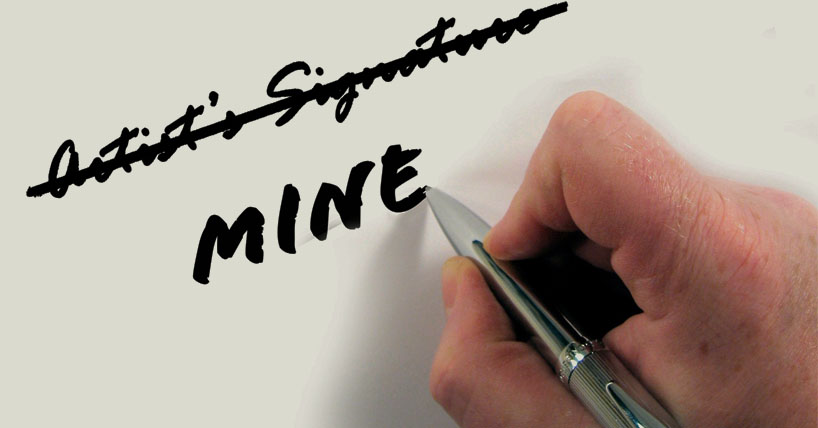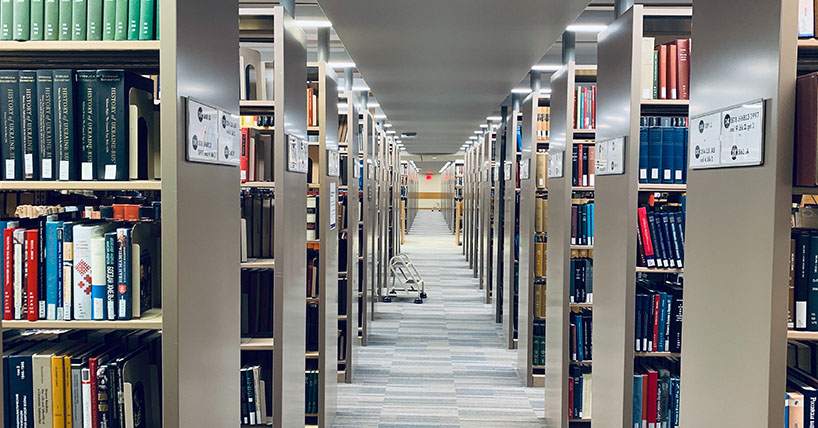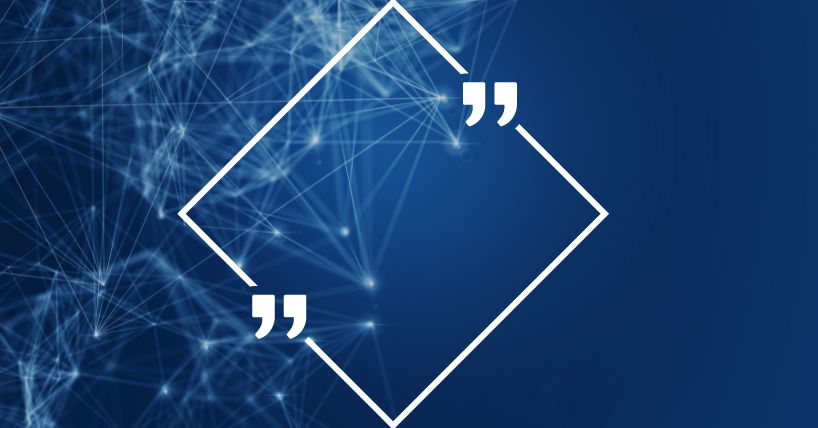Copyright
Guidance on legally and ethically using copyrighted materials in your studies.
Academic work often builds on the ideas and works of others, and you may want to copy, reuse or rework material created by others for your assignments, projects, or presentations. However, most materials, including books, plays, journal and newspaper articles, artistic works, films, music, computer software, typographic arrangements, and so on, are protected by copyright law.
If something is protected under copyright, it means you are not allowed to use or distribute it without the permission of the copyright holder.
Thankfully, there are some exceptions to copyright law that allow for limited use of works for private study and research. The University also holds several licences which permit staff and students to reuse some copyrighted material for the purposes of teaching, learning and assessment. Additionally, some copyright holders apply licences to their work that allow for use under certain conditions.
Copyright can be complicated but it’s important you understand and follow copyright law to ensure your work is legal, ethical and demonstrates academic integrity.
Copying materials for research or private study
If you want to copy library materials for your studies, you can do so under an exception to copyright law called ‘fair dealing’. Fair dealing simply means being fair to the copyright holder in terms of how much you copy and how you use it.
When copying materials for reading or analysis you should therefore not exceed:
- One chapter of a book (or 5% of a book, whichever is longer)
- One article from an issue of a journal or magazine
- One scene from a play
- One paper from a set of conference proceedings
- A short story, poem, or play (maximum 10 pages) from an anthology
- One illustration, diagram, photograph or map up to A4 size. (However, if the illustrations form an integral part of an article or chapter, they may be included as part of that extract.)
You must not share your copy with others, either in print format or by distributing it online.
It is generally accepted that the principle of fair dealing applies to electronic works as well as to printed works. If you spot scanned articles or chapters shared in your reading lists, these are done by the University Library under a special CLA licence.
Materials you find online are also covered by copyright law. Look for terms of use or licence details on individual websites to determine if and how they can be used.
Using copyright materials in your assignments, projects, and presentations
Another exception to UK copyright law is the use of any type of work for the purposes of criticism, review, or quotation. Fair dealing also applies to this exception so you should make sure to only use what you need to make your point or argument. You must also provide an acknowledgement or reference to make it clear the work belongs to someone else.
Copying, re-creating or using part of a copyrighted piece of work in something you create yourself, does not remove its copyright protections. Copyright still applies when you take a photograph of a piece of art, use part of an illustration in a larger work, or make your own graph or table with someone else’s data.
Quotations
Including quotations in your work is allowed under fair dealing for the purposes of criticism or review. All quotations should be properly referenced and should be used for a purpose.
While copyright law does not define the extent of copying permitted in this case, the generally accepted limits under fair dealing are:
- In the case of one extract, no more than 400 words from a single extract
- In the case of several extracts from a single work, that none of them is more than 300 words long, and that the total is no more than 800 words
- In the case of a poem, up to 40 lines
Photographs and images
You may use copyrighted images and photographs in your work if that work will not be made public. The image should be correctly referenced and acknowledged, and should be integral to your argument, rather than decorative, to be considered viable under fair dealing.
Where possible we would recommend using images that:
- you have created yourself
- have a suitable Creative Commons licence
- are from Library resources such as Bridgeman Education, which have a special educational licence that allows their reuse in assignments and presentations.
Taking a photograph of a copyrighted piece of work does not remove its copyright protections. Images created using AI should also be used with caution and correctly acknowledged.
If you have been asked to create something for an assignment or dissertation that will be published in print or online, for example, as a website, exhibition, or article, you should not use copyrighted materials. Permission would need to be gained from the copyright holder before publication.
Audio and video
The University holds an ERA Licence which enables the recording of programmes broadcast by various terrestrial TV and radio stations for educational use. This means you can use clips of TV programmes, films, and podcasts from free to air channels, such as BBC, ITV, Channel 4, and Channel 5, in your presentations and projects.
The best way to access these is via Box of Broadcasts, which provides access to over 2.2 million TV and radio broadcasts from over 75 channels, including most of the UK’s Freeview network, all BBC TV and radio content from 2007, and several foreign language channels. This source is, however, not available outside the UK.
Cable, satellite, and subscription sources of audio and video content will usually be for personal use only and cannot be copied or shared for educational purposes. Always check the terms of service before use.
YouTube’s terms of service state that videos are for personal use only, however these can be shared if you have the permission of the copyright holder. Some videos on YouTube have been tagged with a Creative Commons licence which means you can share and reuse content. The ERA licence allows reuse of material from channels maintained by the BBC.
Other information types
Copyright law covers a wide range of resources and information types. While ‘fair dealing’ may apply, you should always check you can legally use a resource before embedding it in your work.
You can:
- check terms of service or licence restrictions to ensure it allows use for educational purposes.
- ensure any permitted use is in line with fair dealing.
- check to see if the copyright on the material has expired. Copyright protections are sometimes limited and when they expire a work comes into the public domain and is free to use.
- obtain written permission from the copyright holder to use the material.
- look for alternative, free to use materials.
Finding free to use materials for your assignments
Some material available online is free and open to use for your study or research. These materials should, however, still be referenced and acknowledged in your work. Look out for any licence conditions that may require additional acknowledgements or actions if used.
Open access
Publications and data badged as Open Access (OA) have no or limited restrictions applied and can be read, copied, distributed and used in education and beyond. Acknowledging their use with a reference is however, still required and considered good academic practice.
You can find open access resources in Library Search, using the Open Access filter.
Other sources of open access materials include:
- JSTOR – some content on JSTOR is available open access. Search open content on JSTOR
- OpenDOAR – a searchable directory of Open Access repositories
Creative Commons
Some databases index materials that are copyright clear or free to reuse. They use a Creative Commons licence to show you how you are allowed to use the materials they contain. There are six different licences, each of which allow for different levels of reuse. CC By for example, allows you to reuse the item if you give acknowledgement to the creator, a CC0 licence places the material in the public domain meaning you can reuse it with no conditions attached.
Useful sources of materials with creative commons licences include:
- Openverse - a search tool that allows you to quickly find and access licensed and public domain works. It has an extensive library of stock photos, images, and audio, all available for free use, drawn from a range of sources, including Europeana, the Wellcome Collection, Flickr, and Freesound.
- Hathi Trust – home to millions of digitised books and publications available in the public domain.
- Google – when searching on Google, look out for the Tools button. This will open a selection of filters, including one called usage rights. This filter will allow you to limit your search to those resources with a Creative Commons licence.




